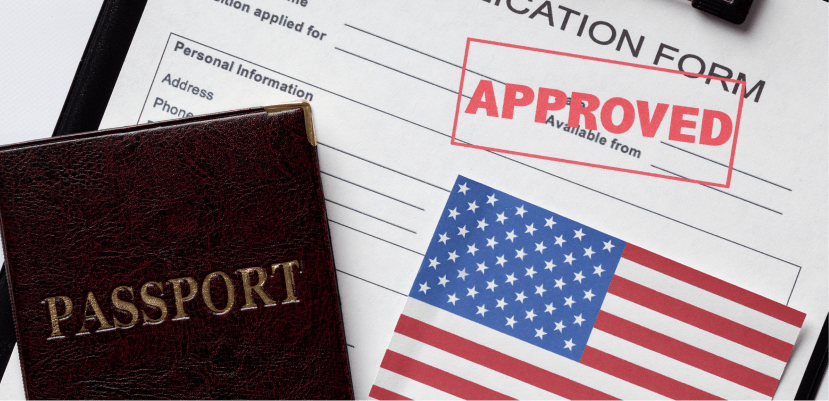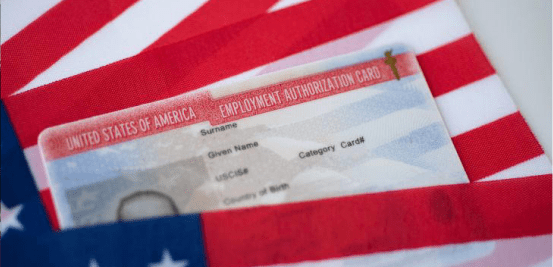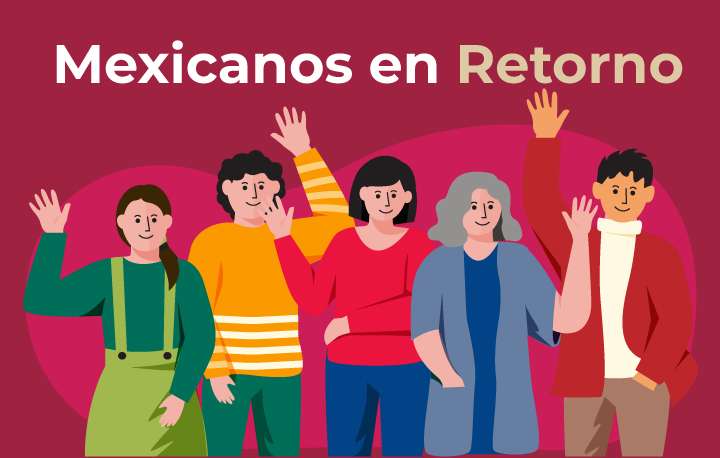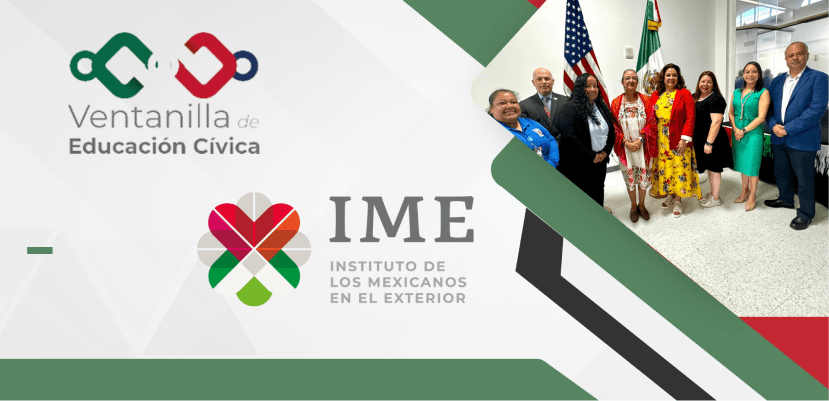The United States Bureau of Labor Statistics (BLS) published a report with estimates according to the salary of workers in each occupation.
Following the increase in 2022, the federal minimum wage in the United States is $11.25 per hour. In this way, jobs with salaries greater than 60 dollars per hour require a certain degree of specialization.
The BLS reported on occupations that provide median wages above $60 an hour. That is, income of more than 140 thousand dollars a year, taking into account eight-hour work days.
The labor supply is wide, since according to the report there are jobs in various areas and productive sectors.
Here is a list of some of the occupations with wages of $60 an hour and more:

- Architectural and engineering managers: $69.63 an hour
- Petroleum Engineers: $66.21
- Judges and magistrates: 65.82 dollars
- Marketing Managers: $65.79
- Marketing and sales managers: $62.84
- Financial Managers: $62.45
- Natural Science Managers: $62.07
- Sales, advertising, marketing and public relations managers: $61.96
- Pharmaceuticals: $61.58
- Sales Manager: $60.89
- Podiatrists: $69
- Advertising and promotions managers: $60.34
- Lawyers: $61.03
- Physical: $62.43
- Air traffic controller: $62.70
Also, the higher the salary, the more state and federal taxes they must pay.
It should be noted that most of these jobs require specialization, so some of these jobs can be the gateway to the United States for many migrants.
For example, through work visas, for permanent workers, such as EB-1, foreign workers with aptitudes in science, arts, education, business, research, among others, can obtain work in the United States.
Either through the EB-2 second preference, for postgraduate professionals with exceptional ability, or the EB-3 third preference, for professionals and specialized professionals.
On the other hand, there are temporary jobs through H-1B, H-1B1, E-3 visas. During the period October-December 2021, according to the Office of Foreign Labor Certification of the Department of Labor, more than 112,000 foreign workers have been employed in the United States in positions such as software developers, computer science, electronic engineering, among others. .
For example, in states like California, Washington or Texas, 54.8% of these job positions have been concentrated. That is, around more than 115 thousand foreign workers employed between these three states during the last three months of 2021.



















